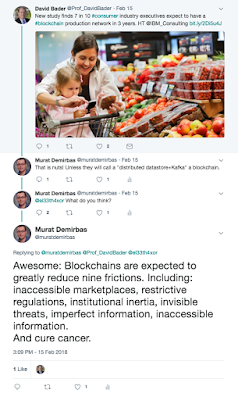Book review: Last lecture by Randy Pausch
Of course you have watched the late Prof. Randy Pausch's last lecture. If for some reason you haven't, please right that wrong now. I recently read the book "Last Lecture" by Randy Pausch. I got the book from my local library, yes, a physical library building. They still exist, and they are a great resource. It is a short book, and I have a very brief review. The book does not repeat the "last lecture" presentation. It tells mostly disjoint and complementary story, and it gets into more personal stuff. I learned several more interesting anectodes about Randy in this book. It is of course a very heartbreaking story. The book is a "memento mori". It makes you think about "What would you want to be known for?" and "How would you prioritize your life if you had 5 years left?" I am still thinking about those long after I returned the book to the library. I am currently reading about "Crypto: How the Code Rebels B...









